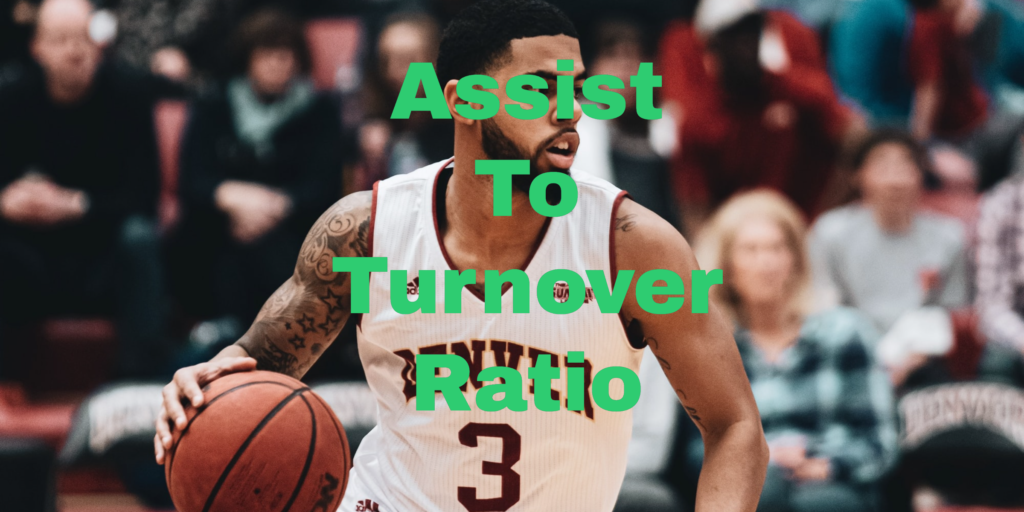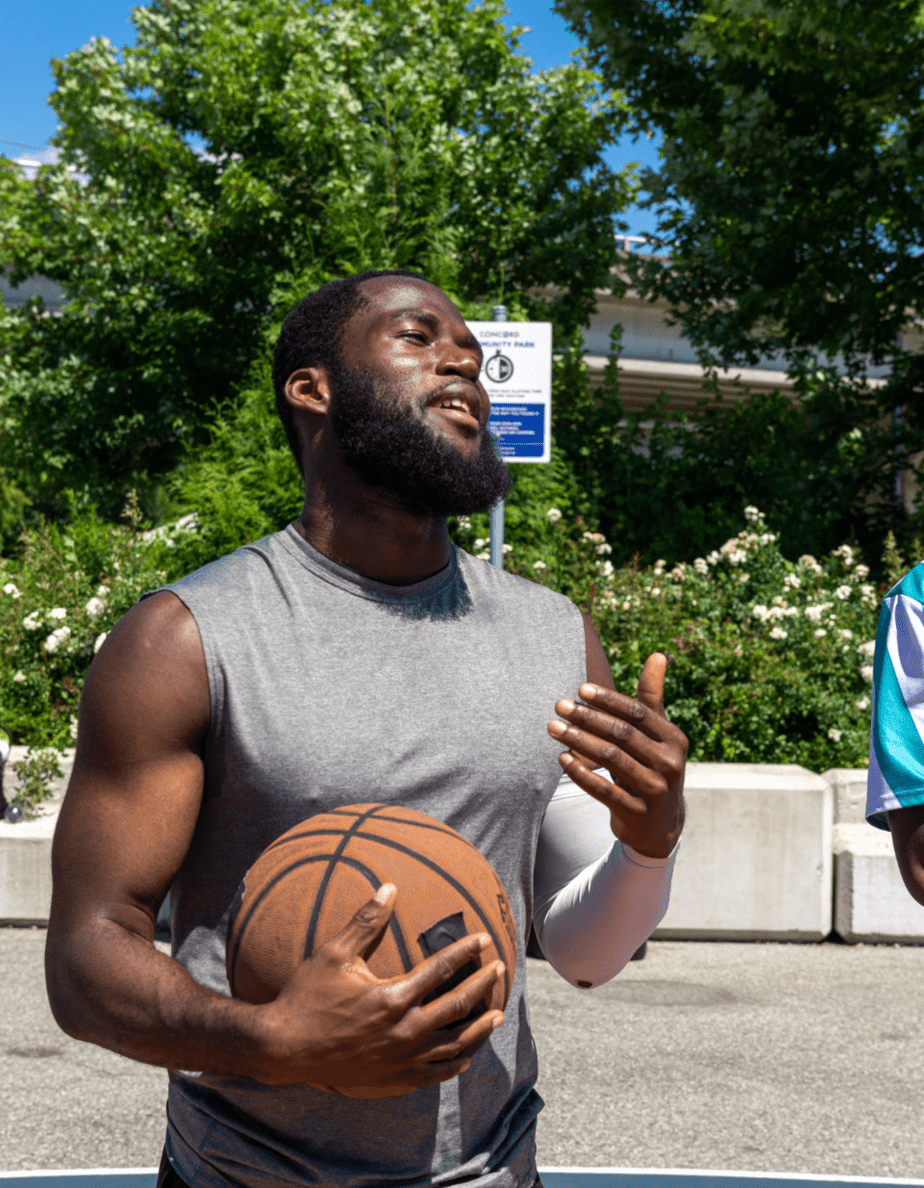Assist to Turnover Ratio Definition: How To Calculate It and Stats from the NBA, WNBA and NCAA Leaders
Whether you’re new to the world of basketball or a seasoned fan, knowing how to calculate a player’s assist turnover ratio can tell you a lot about their level of skill in the sport. Let’s break down the elements of assists and turnovers before going into how to calculate the ratio.
What Is an Assist?
In basketball, an assist is a pass that leads to a basket. The player who passed the ball would earn an assist.
What Is a Basketball Turnover?
Unlike an assist, players want to avoid turnovers at all costs. A turnover occurs when a player has control of the ball, but the other team steals the ball. There are many ways a player could cause a turnover, from making a bad pass to having the ball snatched out of their hands. There are also plenty of small, careless errors that could cause a turnover, including:
- Double dribbling
- Traveling
- Spending more than three seconds in the lane
- Shot clock violation
- Backcourt violation
- Accidentally stepping out of bounds.
- Three-second violation
Turnovers also allow the other team to rack up points through fast breaks, so players and coaches try to avoid turnovers at all costs.
What Is an Assist to Turnover Ratio?
Assist to turnover ratio really puts a player’s ball control in perspective. Obviously, a player wants to have more assists than turnovers, and a higher assist to turnover ratio indicates that a player has more control on the court. A lower assist to turnover ratio could indicate that the player causes more errors by frequently allowing the other team to gain possession of the ball.
A generally considered good assist to turnover ratio is 3:1. This means that, on average, the player is three times more likely to have an assist than a turnover. Players with a 3:1 assist to turnover ratio prove that they are consistent, careful players who have excellent court vision and understand how to run it.
This is particularly important for point guards, who are responsible for bringing the ball down the court and running the plays on offense. For that reason, point guards should always strive to improve their assist to turnover ratio.
Assist Turnover Ratio Video
How To Calculate Assist to Turnover Ratio
There is an easy formula to figure out assist to turnover ratios for any player, whether in high school or the NBA. Simply divide the number of assists by the number of turnovers, and you’ll have your assist to turnover ratio!
AST/TO = Assists ÷ Turnovers
Naturally, if there are more turnovers than assists, the ratio number will be lower, indicating that the player is weaker or may not have strong ball control. There is an assist to turnover ratio calculater here.
Exceptions
While a player’s assist to turnover ratio can often indicate their skill level, this is not always the case. As mentioned above, a high assist to turnover ratio usually indicates a good level of control and vision on the court. Conversely, a low assist to turnover ratio can show a player who hasn’t mastered ball control.
However, this isn’t always accurate. For example, a player whose role is primarily to shoot and score points may not be responsible for completing assists in their role on the team. For that reason, they may have more turnovers than assists simply because their primary purpose is not dishing out assists.
They contribute differently by scoring points. Because of this, looking at a player’s assist to turnover ratio should not be the only deciding factor of whether or not they are a good basketball player. Instead, try to analyze their game as a whole and consider other factors.
Player Assist to Turnover Ratio Ranking
Now that we’ve covered the basics of what an assist to turnover ratio is and why it is important, let’s take a look at some players who have mastered impressive assist to turnover ratios.
2022 NCAA Basketball Players (Male):
The following are the top 10 male NCAA basketball players in 2022:
- Jason Woodrich, Cleveland State – 5.5
- Thomas Allen, NC State – 4.8
- Conner McCaffery, Iowa – 4.6
- Preston Ruedinger, Valparaiso – 4.0
- CJ Fulton, Lafayette – 3.7
- Ryan Moffatt, Colgate – 3.6
- Reece Beekman, Virginia – 3.6
- Charlie Weber, East Tennessee State – 3.5
- Jacob Gilyard, Richmond – 3.4
- Symir Torrence, Syracuse – 3.4
2022 NCAA Basketball Players (Women):
Below are the top 10 female players:
- Clair Steele, Lehigh – 3.97
- Kylie Jimenez, Nevada – 3.19
- Veronica Burton, Northwestern – 3.12
- Maura Hendrixson, Drexel – 3.03
- McKenna Hofschild, Colorado State – 3
- Tommi Olson, Wyoming – 3
- Tatum Rembao, Creighton – 2.97
- Katie Benzan, Maryland – 2.89
- Jazmine Massengill, Kentucky – 2.76
- Maria Aliero, BYU – 2.67
2021 NBA Players:
Here are the top 10 NBA players (you can see current stats here):
- Tyus Jones, Memphis – 5.5
- Monte Morris, Denver – 4.6
- Jevon Carter, Phoenix – 4.5
- Chris Paul, Phoenix – 4
- Ricky Rubio, Minnesota – 3.9
- Ish Smith, Washington – 3.9
- Jordan McLaughlin, Minnesota – 3.8
- Kira Lewis Jr., New Orleans – 3.6
- Devonte’ Graham, Charlotte – 3.6
- Frank Kaminsky, Phoenix – 3.5
5 Best Assist to Turnover Ratios in the NBA
2021 WNBA Players:
The following are the top 10 WNBA players:
- Sue Bird, Seattle – 3.4
- Lindsay Allen, Indiana – 3.1
- Natasha Cloud, Washington – 2.95
- Courtney Vandersloot, Chicago – 2.86
- Jordin Canada, Seattle – 2.75
- Shekinna Stricklen, Atlanta – 2.67
- Tyasha Harris, Dallas – 2.66
- Shey Peddy, Phoenix – 2.55
- Riquna Williams, Las Vegas – 2.43
- Lexie Brown, Chicago – 2.38
Other important basketball statistics
Assist to turnover ratio is just one of many factors used to calculate a player’s success on the court. Other important statistics to consider when evaluating any given player include:
- Shooting percentage
- Field goal percentage
- Free throw percentage
- Rebound margin
Conclusion
Remember that basketball is not a sport that can be measured by one specific skill or position. All team members must work together and use their various talents to earn a win. A breakdown of statistics such as the assist turnover ratio is a great way to evaluate ball handlers and examine what they specifically bring to the table.

Troy Wright
I am a lifetime basketball enthusiast and loved playing basketball competitively through high school. I still try and play at least 3 times a week and explore all kinds of equipment and training to keep myself on the court and continually getting better. I am a college basketball fanatic and move onto the NBA when March Madness ends.
Meaningful conversations happening daily about training, recovery, and injury-specific rehabilitation as well as sport-specific discussions on playing, coaching and refereeing your favorite sport. We welcome experts and those with curious minds seeking answers.
Join The Stay On The Court Community!